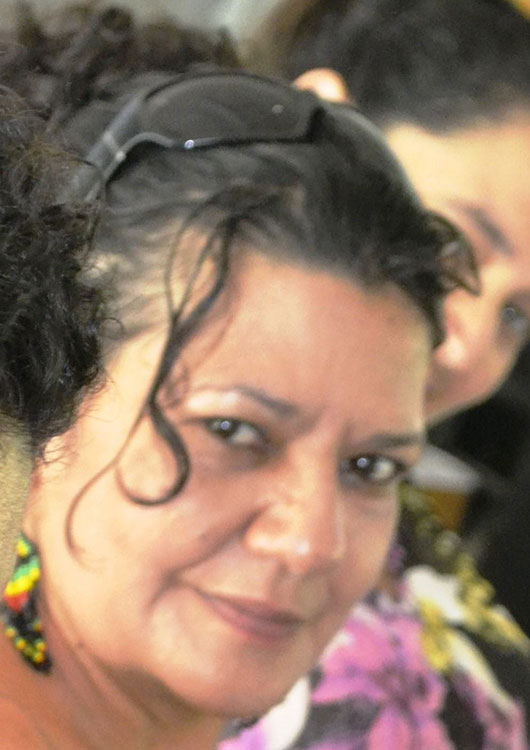“Utopia lies at the horizon.
When I draw nearer by two steps,
it retreats two steps.
If I proceed ten steps forward, it
swiftly slips ten steps ahead.
No matter how far I go, I can never reach it.
What, then, is the purpose of utopia?
It is to cause us to advance.”
I couldn’t avoid it. The famous words of Galeano were frolicking in my memory this Sunday as I attended the impressive Utopia Festival, brought to life by the Asociación de Desarrollo Económico y Social Santa Marta (ADES) and carried out by the youth from Cabañas and Cuscatlán. It took place in the Santa Marta Community Center.
According to Julio Zavala, representative of the Community Organizing and Accompaniment Program and a young person from Santa Marta, the objective of this annual festival is to encourage and strengthen artistic creation among youth, and at the same time, to offer them spaces to explore their artistic and cultural talents, with an emphasis on the history and identity of the community.
As I was enjoying the dancing, music, and theatre, some interesting facts came to my mind. More than half of the population of El Salvador is under 24 years old. One in every five people falls in the category of “teenager.’’ Finally, this small country has the by no mean negligible number of nearly 2 million teenagers and youth.
It also happens that research has shown that the average age of entry into El Salvador’s feared and infamous gangs is precisely adolescence, and that active members are usually young. Additionally, immigration to the United Stated is primarily done by young people.
The causes of both phenomenons are evident: social exclusion, community disorganization, lack of opportunities, difficulty constructing a personal identity, dysfunctional families, and fear of violence in the specific case of immigration.
Mauricio Funes, the first FMLN president, passed the General Youth Law, which at least in the text indicates the political will and commitment to Salvadoran youth. Today, the issue of youth is officially incorporated into the Political Agenda of the State.
However, the reality is that the majority of youth are not aware of the contents of this law, much less have benefitted or are benefitting from it. It is generally institutions and organizations from the organized civil society in El Salvador that have promoted prevention and rehabilitation programs. The political will to guide these actions still does not exist—at least in practice.
From my chair in Santa Marta’s community center (indeed, filled with community residents), I thought that if every actor in Salvadoran society put effort forth like the way ADES does to support adolescents and youth, facilitating their participation in community, educational, athletic, and cultural activities, at the same time strengthening political identity and consciousness, we would see a new face of Salvadoran society. But any effort like this has to have many faces and hands involved. It’s not enough to pass laws. The scale of the problem in the country is such that it cannot be handled exclusively by the three organs of the State. It needs increasing participation from civil society, churches and, above all, a conscious citizenship, ready to take to the streets because they belong to them, instead of yielding to the entrenched fear. Only then will those steps that lead to utopia become more certain.

